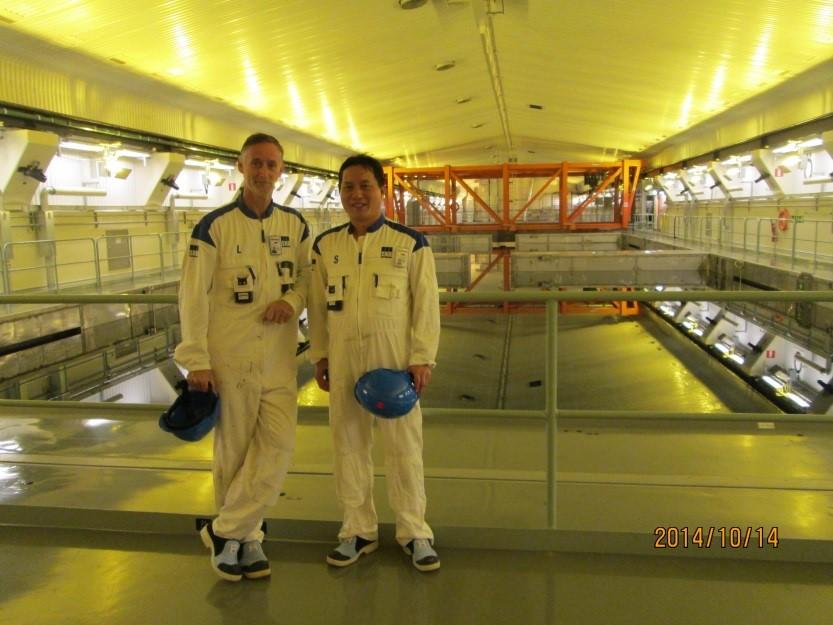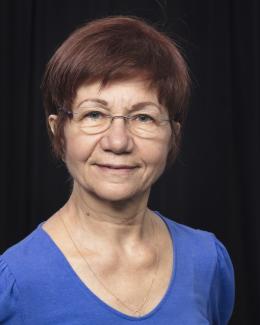Project Details

Increases in spent fuel assembly transfers to intermediate dry storage facilities and plans to operate permanent geological repositories in the next decade have increased the demands on international safeguards inspections for more efficient and effective measurements to verify declarations and for improved partial defect (e.g., missing fuel rods) detection in spent nuclear fuel. Development of advanced measurement technologies and data analysis software can be used by safeguards authorities to strengthen spent fuel safeguards.
Technical Approach
The Fork detector (FDET), equipped with both neutron and gamma detectors, is one of the primary instruments used for spent fuel safeguards measurements. Oak Ridge National Laboratory (ORNL) has developed an FDET data analysis module using the ORIGEN burnup code with MCNP-generated detector response functions for automated and efficient data analysis for use by inspectors for underwater measurements. Measurements of spent fuel rods with FDET instruments are planned to be performed at the ORNL hot cell facility. The measurement data will be used to validate the extension of ORIGEN in the FDET data analysis module to in-air measurements, which are required at the planned spent fuel encapsulation plant in Finland. The measurements will also be used to quantify the performance of several alternative detector components for the FDET in both unmoderated and moderated environments.
Benefit
Measurement data analysis software significantly enhances the capability and efficiency to safeguard spent fuel by automating data analysis for the inspector and verifying declarations using predicted FDET count rates in real time. Experimental data to be collected in the hot cell will be valuable to confirm the performance of the standard FDET, the alternative detector components, and the software for in-air measurements, which will be similar to those to be performed at the Finnish spent fuel encapsulation plant.
Sponsors
DOE/NNSA, Office of Nonproliferation and Arms Control
International Nuclear Safeguards Engagement Program
Safeguards Technology Development Program
Partners
European Atomic Energy Community (Euratom)
Los Alamos National Laboratory
Principal Investigators
Ian C Gauld
Jianwei Hu




